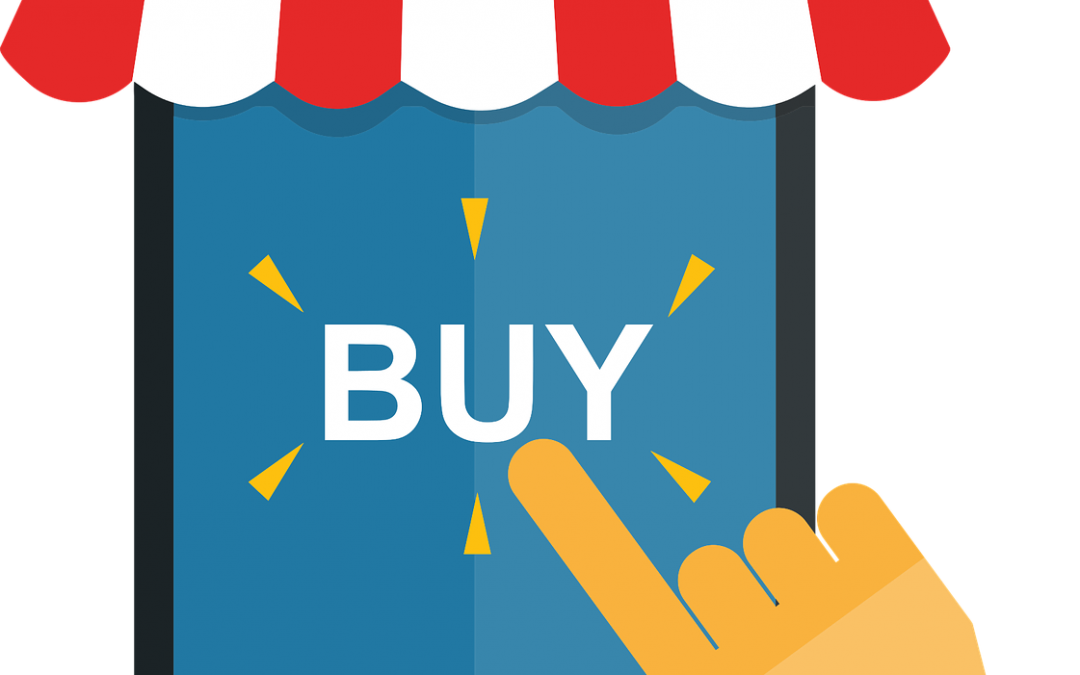In 1910, American philosopher, psychologist, and educational reformer John Dewey introduced the five stages of the customer’s buying process:
- Problem / Recognition
- Information Search
- Evaluation of Alternatives
- Purchase Decision
- Post Purchase Behavior
Problem / Recognition
Consumers go through a cycle or stages before making a purchase, but something must trigger it. Not all purchases are out of necessity, some are purely out of pleasure.
An example of a problem or something out of necessity that causes you to buy is hunger. We must eat and once you get hungry, you make the decision to go buy food.
An example of a pleasure purchase is something like a fishing boat. Unless you’re a fisherman, you don’t need a boat, but if you saw an advertisement on television, in a magazine, billboard, etc., it may trigger you to go out and get one.
Information Search
Now that you’ve been triggered to buy something, it’s time to start searching for the best solution.
For the person that’s hungry, they may be considering things like:
- Price
- Convenience
- Type of food
- Nutrition facts (maybe they have underlying health conditions)
- Familiarity
- Whether or not to try something new
For the person that’s making the luxury purchase (boat), they may be considering other factors such as:
- Type of boat
- Cost of insurance
- Size
- Power / Speed
- Color
- Storage
For most people, food is a simple solution but something like a boat requires careful consideration. Since boats are expensive, buyers like to do their homework before pulling the trigger. They’ll watch videos, read brochures, consult with friends and family, etc.
It will take some buyers much longer than others to decide, which is fine, boat manufacturers understand that, and they are prepared to take all the necessary steps to nurture potential prospects. (Think about the sales funnel again)
Companies that have been in business for decades and still making progress today understand the sales funnel and the customer buying process. They are prepared to deal with customers that are ready to make a quick purchase and those that need more information and time before pulling the trigger.
Evaluation of Alternatives
Both the person trying to find something to eat and the person looking for a boat will have options. Of course, there are more options for food than boats but none the less, they both have options. They are both looking for something that checks off all their bullet points. The more companies that check off all their bullet points, the harder their decision becomes.
Let’s go back to the person looking for something to eat. He’s decided to get a burger, but he doesn’t want to spend a lot of money and he wants to get it quickly. Luckily for him, he lives in an urban area with 10 different fast-food burger joints within a five-mile radius. At this point, the hardest part for him is choosing whether or not to go with something he’s familiar with or trying something new. As for the health benefits, he’s pretty much thrown that part of the equation out.
As for the person buying the boat, the options aren’t as plentiful. There are only three places where he can purchase a new boat within a 20-mile radius. After visiting all three locations, only one has a boat that checks all the boxes.
Purchase Decision
Now the time has come to pull the trigger. As for the burger, they decided to go to their favorite burger joint and get their usual. Everything is great and they are satisfied with their purchase.
However, the guy that purchased the boat just realized there were some things he didn’t like about his new boat and to add insult to injury, he just found out through a message board that other people that own the same type of boat have had similar complaints.
I bring this up because this is an important part of the buying process. Not all customers will be happy after making a purchase. The process may be disrupted by two factors, negative feedback from other customers and the level of motivation to accept the feedback.
Post Purchase Behavior
Customer behavior after a purchase is directly related to the expectations a customer had before they made their purchase.
Let’s go back to our food and boat examples. For the person getting something to eat, by going to a fast-food chain to get a burger, their expectation probably weren’t too high, but if they had decided to go to a specialty burger restaurant; that they weren’t familiar with, they would have expected a better quality meat, better service, etc.
As for the boat guy, if the boat is everything his information search said it would be, then he’s going to be happy, but if he’s finding things he doesn’t like, especially after an expensive purchase that he spent a lot of time researching, he’s going to be pissed.
The goal for every company; during the post-purchase stage, is for the customer to be so happy with their purchase that they go out and tell others about it, leave positive reviews on the website and show it off on social media.
On the contrary, the last thing they want is for there to be negative feedback about their product or service.
Conclusion
Each stage of the buying process helps us understand the buyer better so that we (marketers and small business owners) can do a better job giving them what they are looking for.
Our job is to be problem solvers with the product or service that we offer and if we do our jobs well, our customers and clients will become advocates for us.
I’d love to hear what you have to say. Leave me a comment below and tell me what you think about the buying process.

